Refine search
Actions for selected content:
8126 results in Fluid dynamics and solid mechanics

Applied Solid Mechanics
-
- Published online:
- 02 February 2010
- Print publication:
- 11 December 2008
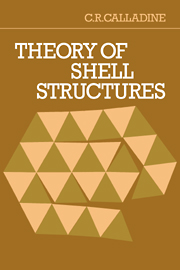
Theory of Shell Structures
-
- Published online:
- 02 February 2010
- Print publication:
- 05 May 1983
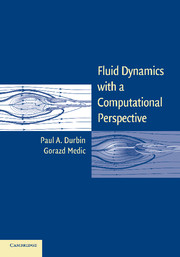
Fluid Dynamics with a Computational Perspective
-
- Published online:
- 28 January 2010
- Print publication:
- 17 September 2007
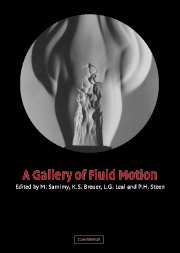
A Gallery of Fluid Motion
-
- Published online:
- 25 January 2010
- Print publication:
- 12 January 2004
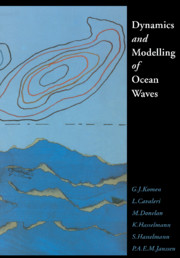
Dynamics and Modelling of Ocean Waves
-
- Published online:
- 22 January 2010
- Print publication:
- 15 September 1994

Theory of Solidification
-
- Published online:
- 20 January 2010
- Print publication:
- 08 October 2001
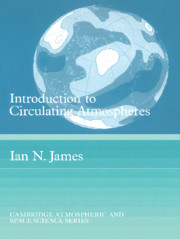
Introduction to Circulating Atmospheres
-
- Published online:
- 14 January 2010
- Print publication:
- 03 March 1994
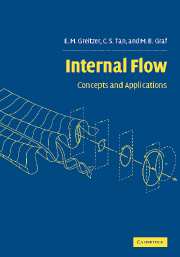
Internal Flow
- Concepts and Applications
-
- Published online:
- 14 January 2010
- Print publication:
- 29 April 2004
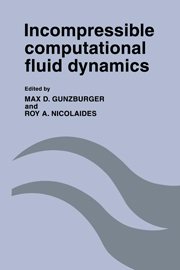
Incompressible Computational Fluid Dynamics
- Trends and Advances
-
- Published online:
- 12 January 2010
- Print publication:
- 28 May 1993

Two-Phase Flow, Boiling, and Condensation
- In Conventional and Miniature Systems
-
- Published online:
- 09 January 2010
- Print publication:
- 22 October 2007
-
- Book
- Export citation

Implicit Large Eddy Simulation
- Computing Turbulent Fluid Dynamics
-
- Published online:
- 08 January 2010
- Print publication:
- 30 July 2007

Inverse Methods in Physical Oceanography
-
- Published online:
- 08 January 2010
- Print publication:
- 31 July 1992
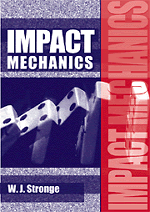
Impact Mechanics
-
- Published online:
- 08 January 2010
- Print publication:
- 29 May 2000
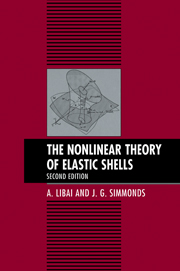
The Nonlinear Theory of Elastic Shells
-
- Published online:
- 06 January 2010
- Print publication:
- 13 February 1998
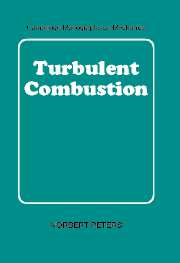
Turbulent Combustion
-
- Published online:
- 06 January 2010
- Print publication:
- 15 August 2000

Statistical Thermodynamics and Microscale Thermophysics
-
- Published online:
- 06 January 2010
- Print publication:
- 13 August 1999

Dynamical Systems Approach to Turbulence
-
- Published online:
- 23 December 2009
- Print publication:
- 13 August 1998

Flow Control
- Passive, Active, and Reactive Flow Management
-
- Published online:
- 23 December 2009
- Print publication:
- 15 August 2000
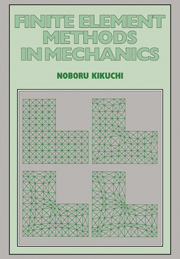
Finite Element Methods in Mechanics
-
- Published online:
- 17 December 2009
- Print publication:
- 30 April 1986
Contents
-
- Book:
- Understanding Fluid Flow
- Published online:
- 30 April 2024
- Print publication:
- 14 December 2009, pp v-viii
-
- Chapter
- Export citation
